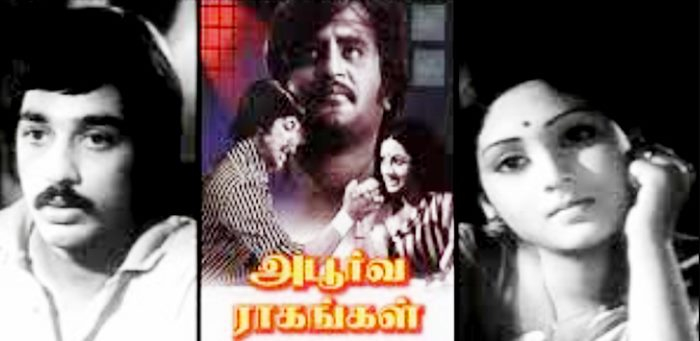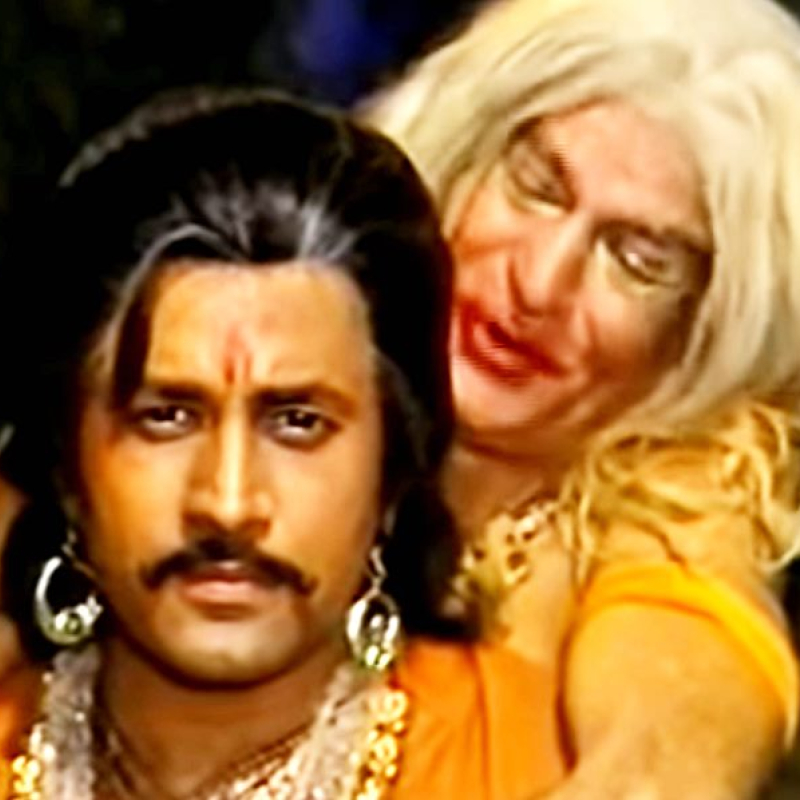Eminently placed in Indian oral tradition, linked tales are precursors to the modern genre of the novel, but they can elastically expand in every retelling. The famous tale of Vikram and Vetal is one such example. However, when they do end, they indicate how cultures provide closures to meaning-making endeavours and reflective listening experiences. In 1989, the stories of Vikram Aur Betaal captured everyone’s imagination with the release of a TV series starring Arun Govil (King Vikramaditya) and Sajjan (Betaal)
Narratologists categorise the King Vikramaditya and Vetalam stories as emboxed linked stories with one master tale framing the other tales within the tales. The famous works in this category of tales are One Thousand and One Nights and Boccaccio's The Decameron. Among the Indian tales, Kathasaritsagara, Panchatantra and Jataka tales are also linked stories, and sometimes one wonders when would these tales end. Eminently placed in the oral tradition, the linked tales are precursors to the modern genre of the novel, but they can elastically expand in every retelling, every version and every interpretation. However, when they do end, they indicate how cultures provide closures to meaning-making endeavours and reflective listening experiences. The master tale in the original Sanskrit version of King Vikramaditya's adventures (Vikramacarita) is the story of 32 statuettes stopping King Bhoja from ascending the proverbial throne of King Vikramaditya, and each statuette narrating a tale to exemplify the latter's wisdom. The 24 stories of Vetal are emboxed within the story of the second statuette.
In some of the Tamil versions, the King Vikramaditya and Vetalam stories are often presented as a set of tales complete in themselves, without any reference to the stories of the other statuettes. Since the Vetal stories end with a question, often leading to a proverb, the corpus of tales gained currency in multiple ways in the oral cultures, and they continued with the advent of print medium and television. The ‘Big Lettered Vikramaditya’ (literal translation of the Tamil Periya Ezhuthu Vikramathithan Kathai) stories are famous as chapbook publications. They provided the source for children's stories published in magazines such as Ambulimama. Despite the popularity of ‘Vikram and Vetal’ stories, the end of the cycle of stories is not common knowledge.

A new series on the stories of Vikram and Vetal is being broadcast on &TV
The second statuette, Chitracintamani, begins its 24th final tale like this: ‘Oh King Bhoja, listen! The tireless Vikramaditya again climbed on the tree and cut down Vetal that was hanging upside down. As he was walking with Vetal on his back, Vetal began to tell a story with a warning. “After narrating the tale, I will ask you a question. If you know the answer and keep quiet your head will break into hundreds of pieces. If you do not know the answer also your head will burst into hundreds of pieces. But if you break your silence and speak I will fly back to the tree.'"
In Vetal’s final tale, a king and his son go to the forest for a hunting game. In the woods, they see human footprints and assume they belong to women. The king and the prince agree that if they were to meet the women, the father would marry the woman with the larger feet and the son would marry the woman with the smaller feet. They do meet the women in the forest, but the larger feet belong to the daughter and the smaller feet to her mother. As per their agreement, the king marries the daughter and his son marries her mother. Now, Vetal's question to Vikramaditya is: If these couples were to beget children, what would be their kinship relations? Vikramaditya keeps quiet not because he does not know the answer, but because there is no answer. The relationships described in the story is one of incest and the children born out of such relations are outside the civilisational meanings. So, there are no kinship terms in any language to name and describe the relationships. In the ensuing silence and the closure of the cycle of tales, Vikramaditya successfully carries Vetal to the sorcerer.
Sigmund Freud wrote in his classic Totem and Taboo (written in 1912–13), the horror of incest and its taboo in primitive societies provided the basis for the civilisations to evolve. In his brilliant analysis of the individual psyche to society and culture, Freud concluded that totemism and its accompanying restriction, exogamy, derive from the dread of incest, and that taboo customs parallel the symptoms of neurosis closely. Both totemism and taboo, according to Freud, are closely related and it is also the origin of religion, society, civilisation and art. In the Vikram and Vetal cycle of stories, the closure, non-meaning and silence ensures the evocation of the incest taboo in a Freudian sense. When civilisations end, stories also end.

K. Balachander's 1975 film Apoorva Raagangal is based on the last story that Vetal told King Vikramaditya
Noted Tamil film director K. Balachander made the film Apoorva Raagangal (Rare Melodies) in 1975 based on the last tale of Vikram and Vetal. In the movie, a young man Prasanna (Kamal Haasan) and a classical singer Bhairavi (Srividya) an older woman are drawn to each other, and they decide to marry. Meanwhile, Prasanna's father, Mahendran (Major Sundararajan) is attracted to a much younger woman Ranjani (Jayasudha), who happens to be Bhairavi's daughter. Balachander ended the film by introducing the return of Bhairavi's long-lost husband Pandiyan (Rajinikanth). In the film, Ranjani often poses the riddle, ‘My father is a father-in-law to someone; that person's daughter-in-law's father is my son's father-in-law. What is the relationship between him and me?’ to Mahendran. At the end of the movie, they realise that the riddle is about themselves and it has no answer.
Scheherazade, the storyteller of the One Thousand and One Nights, tells stories to postpone her death. The statuettes (patumai, in Tamil) tell stories to liberate themselves from the curse of being frozen as statues. Both the linked tales of the world's ancient civilisations indicate that storytelling is a ‘death-defying, life-reinforcing’ activity, but it has to end too. The stories end at the boundaries of civilisation.
Views expressed are personal.













